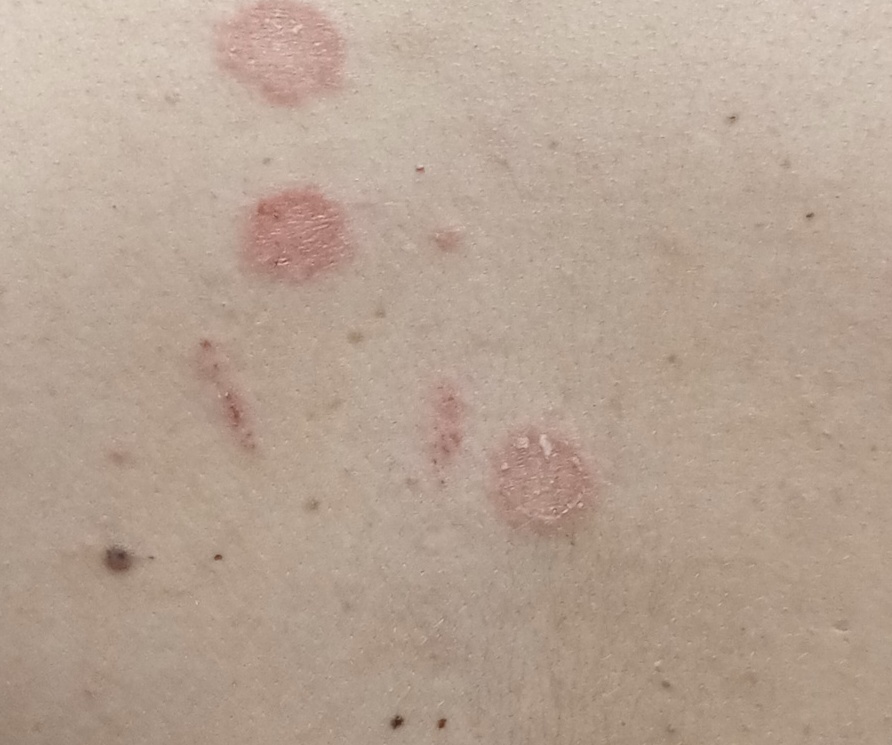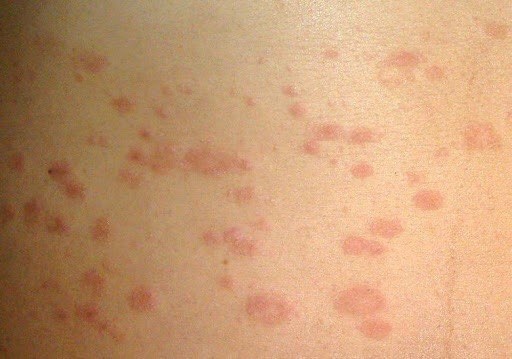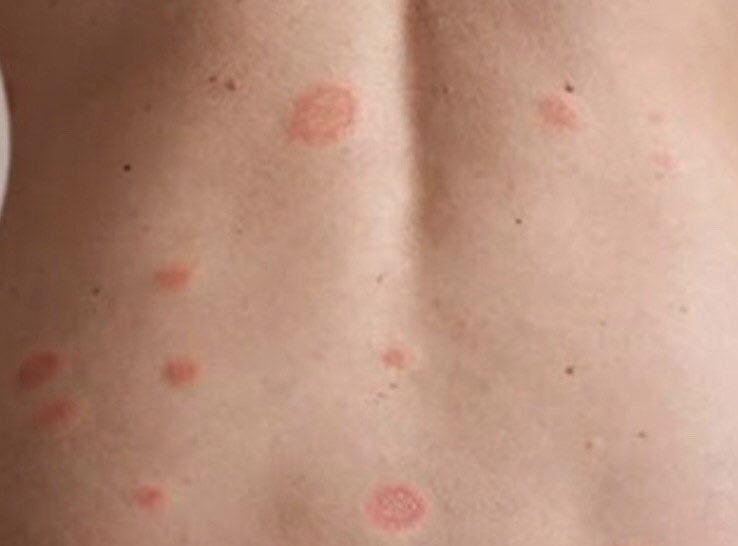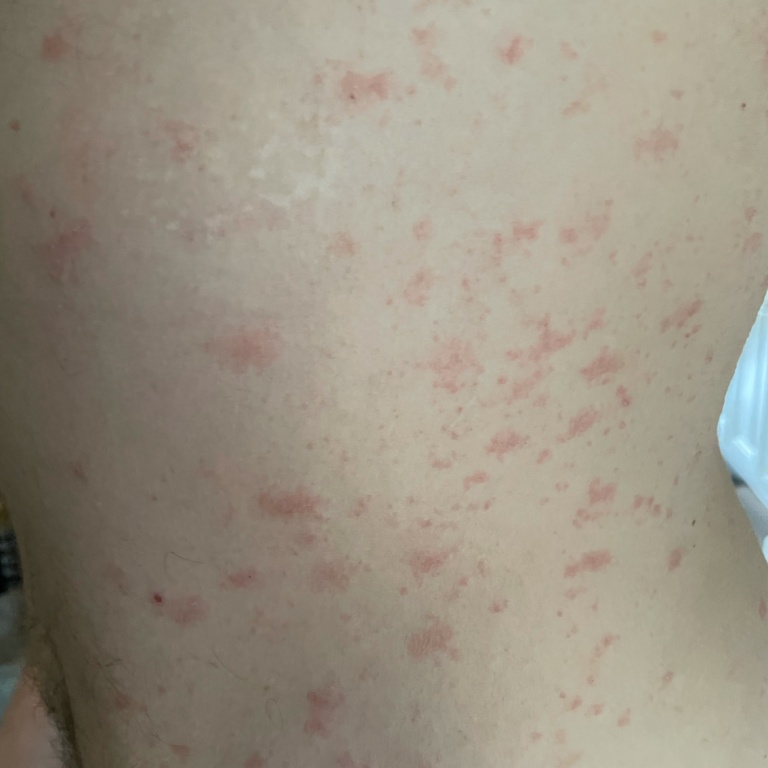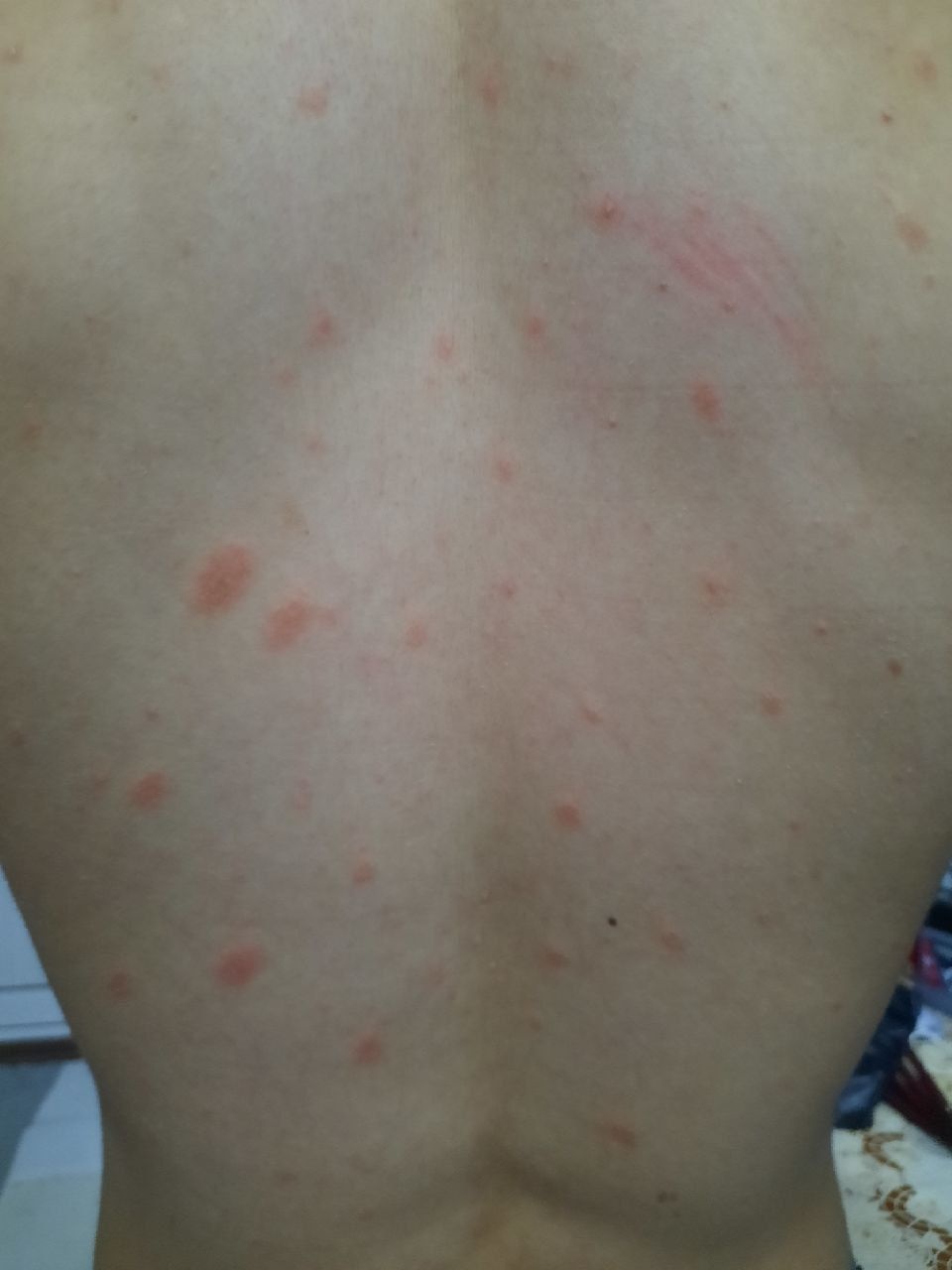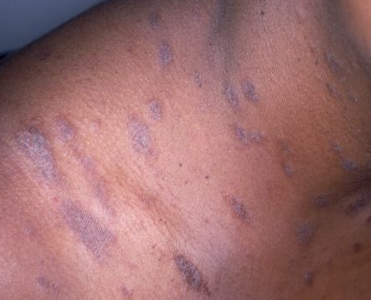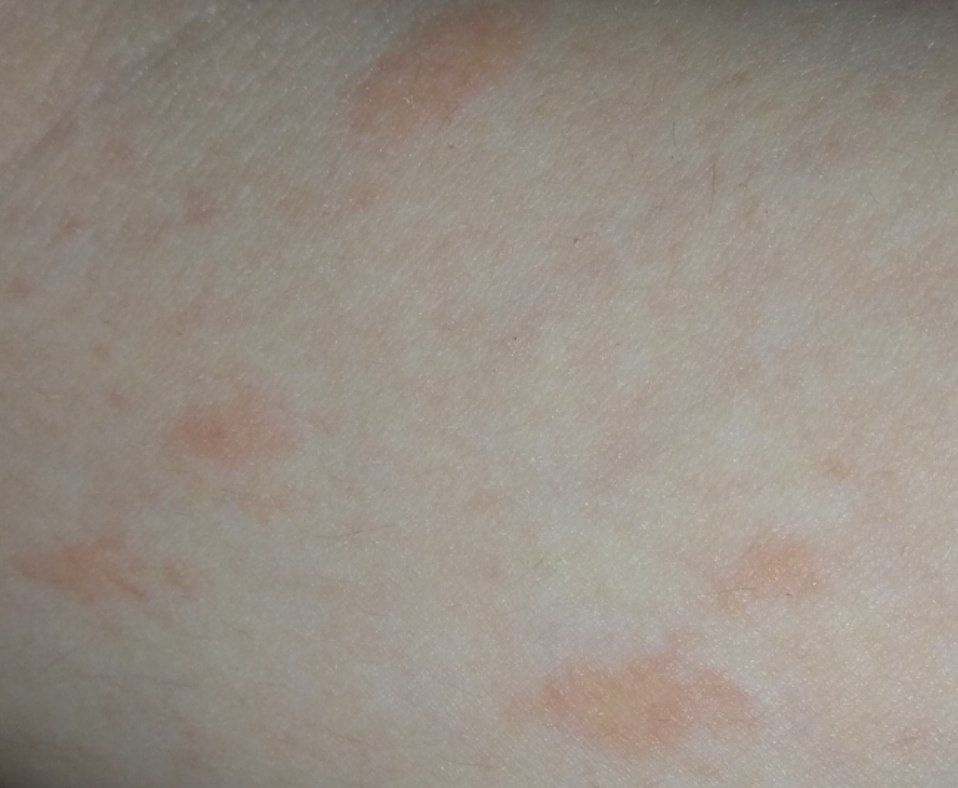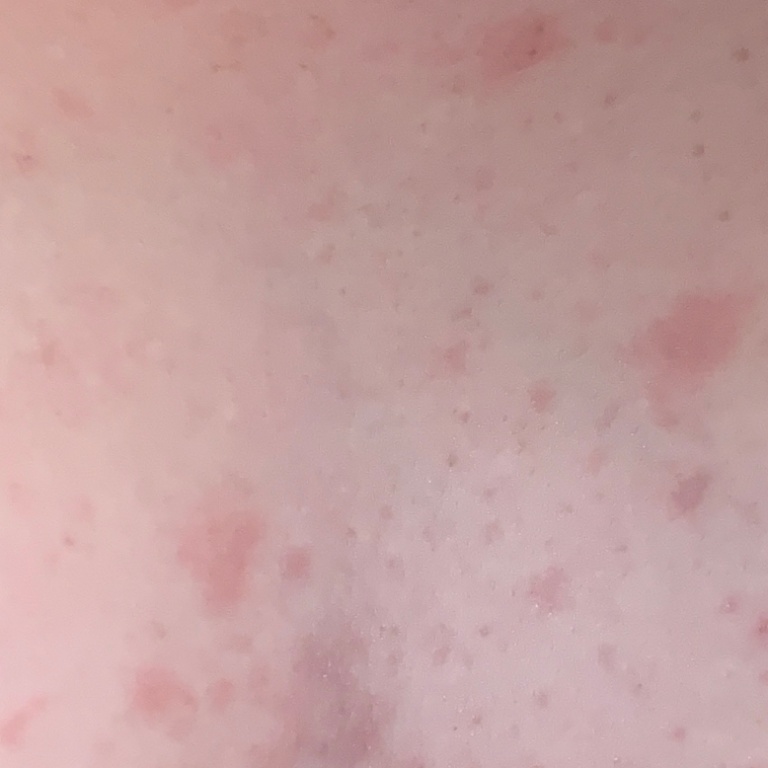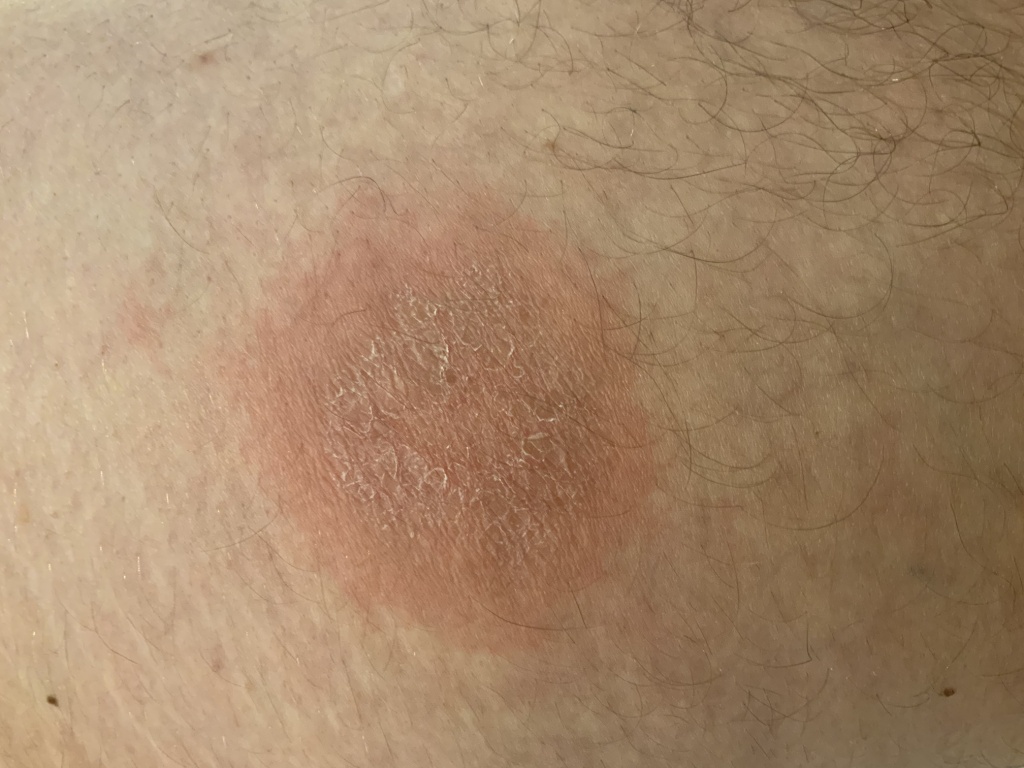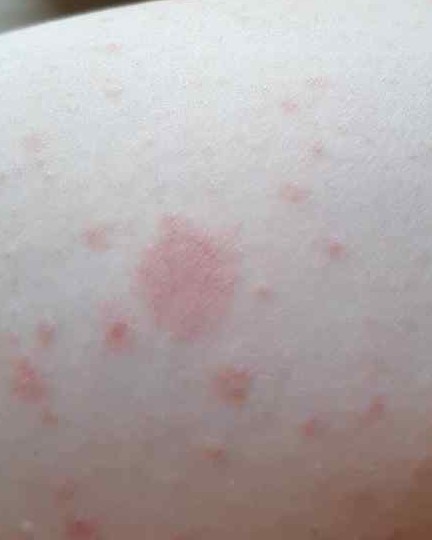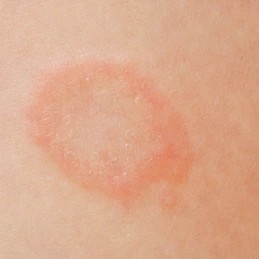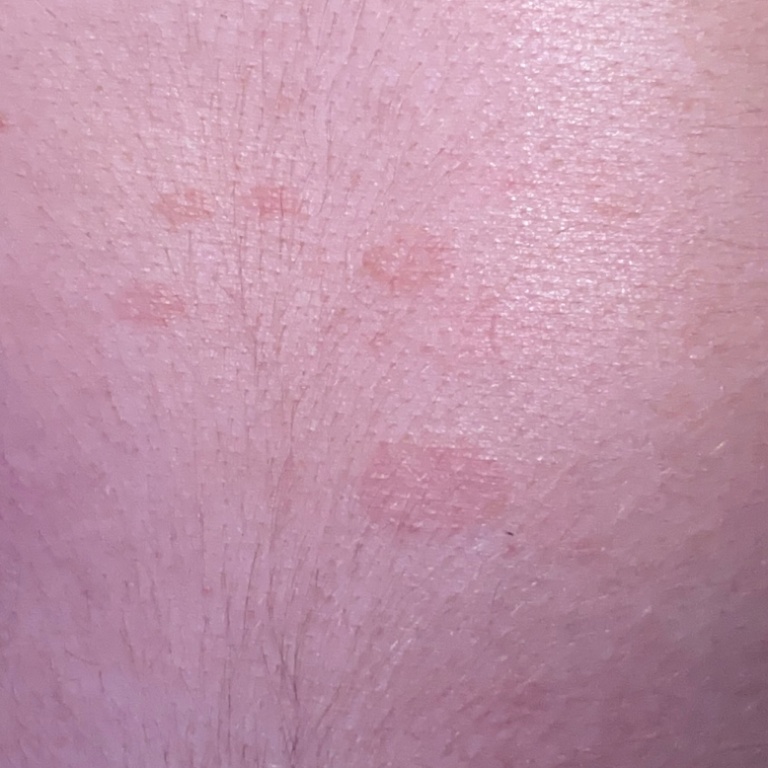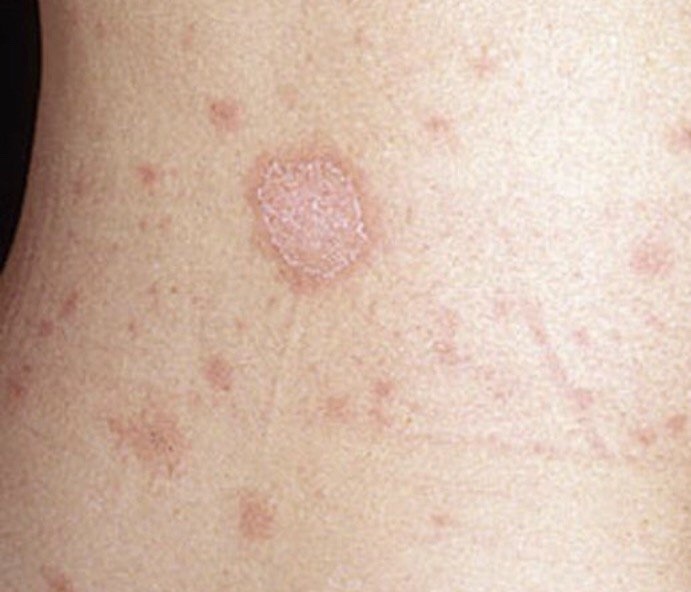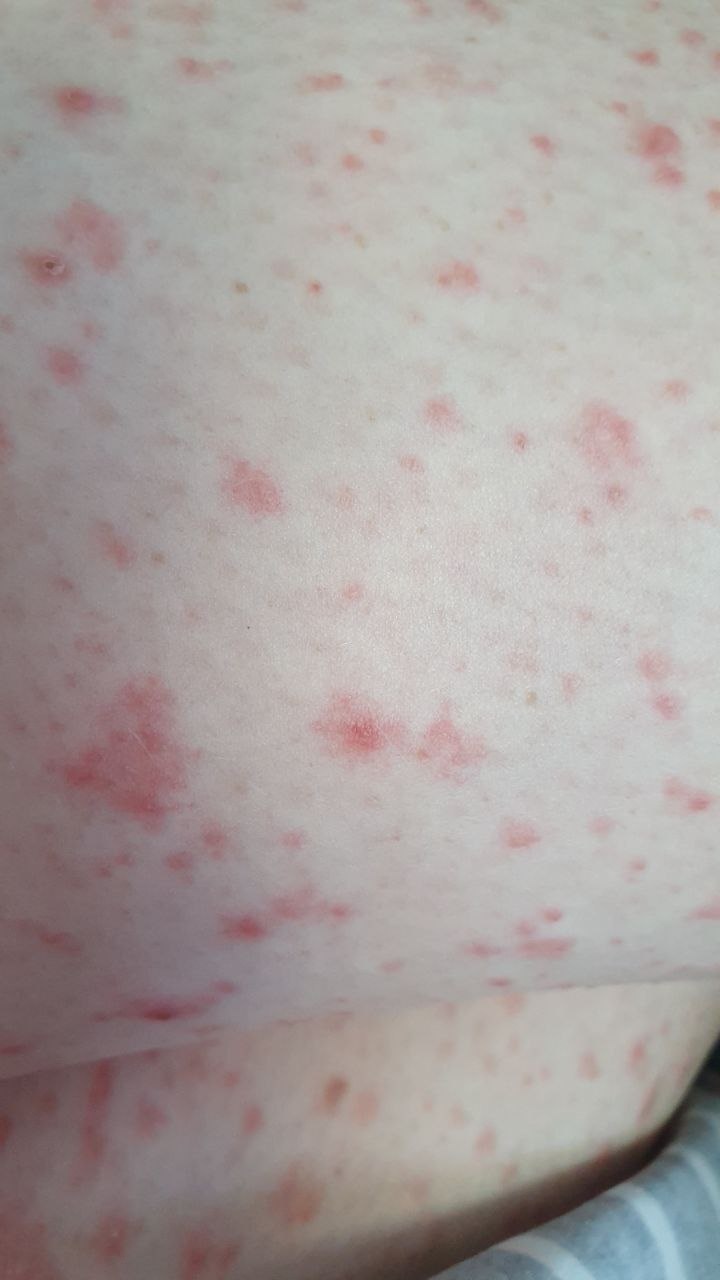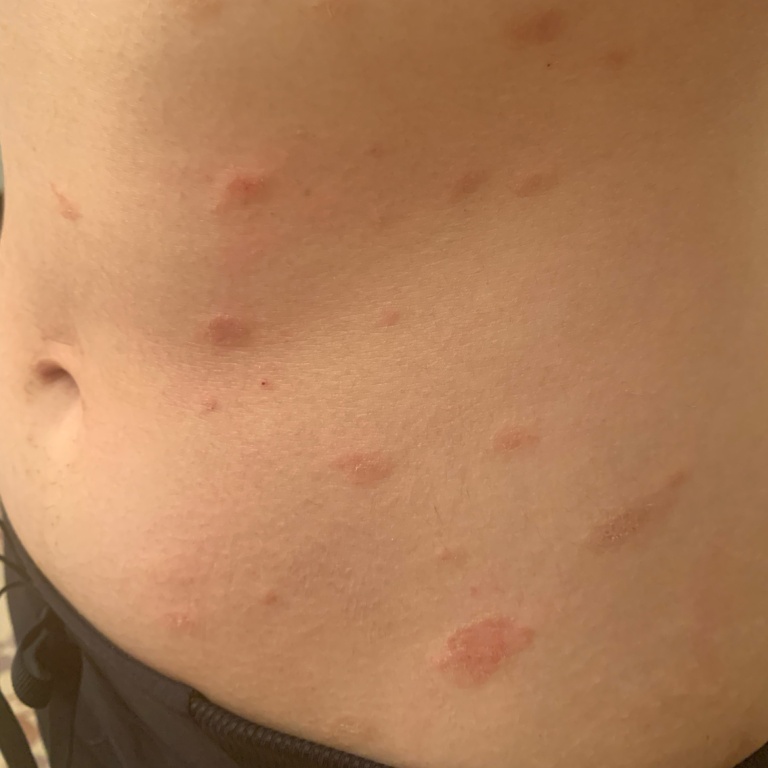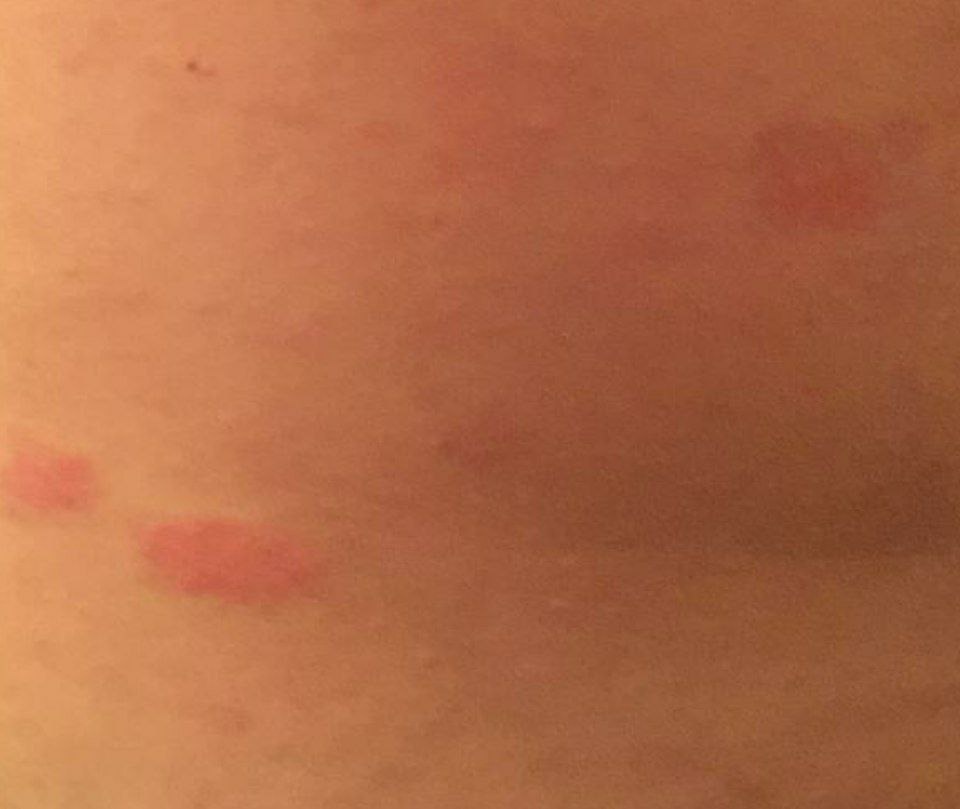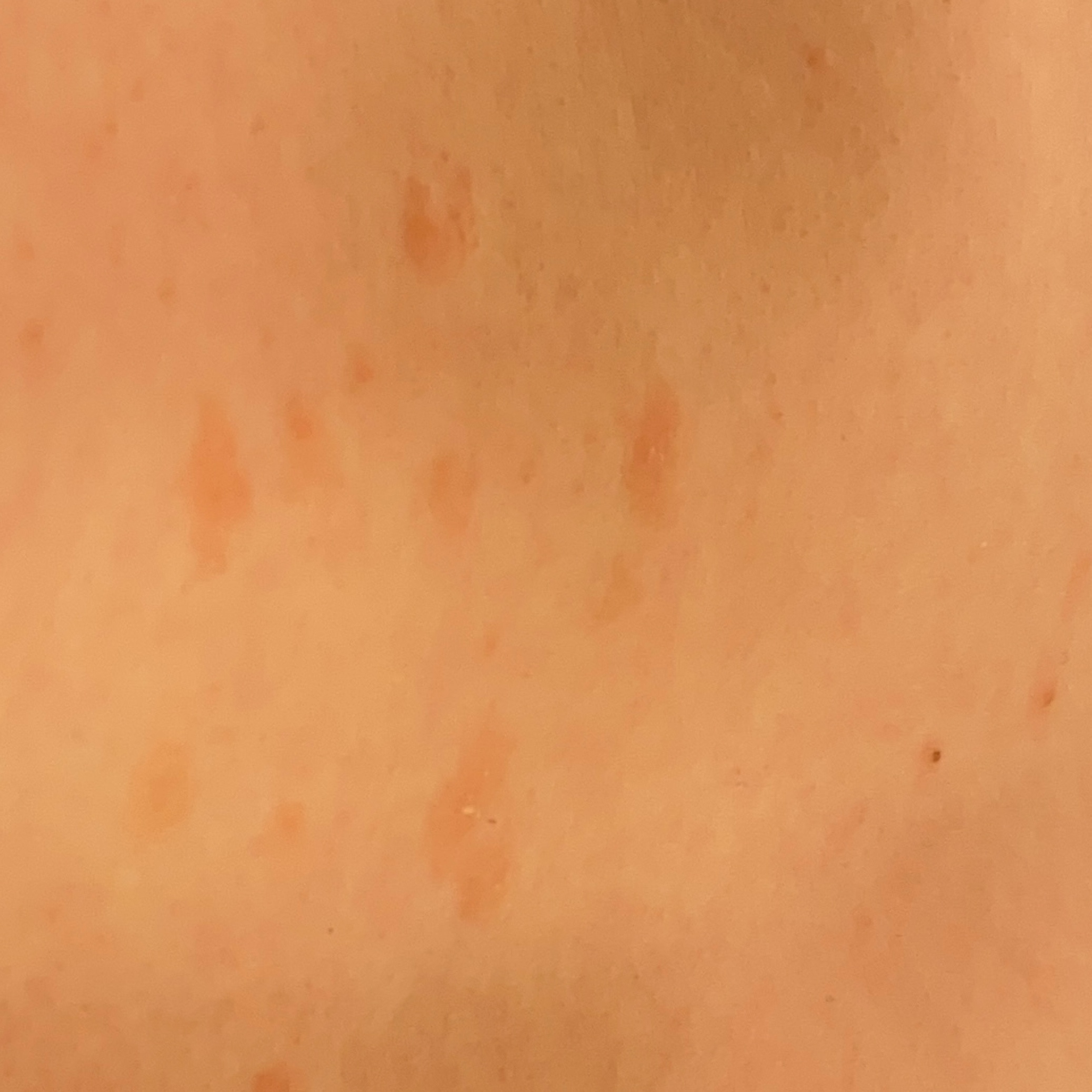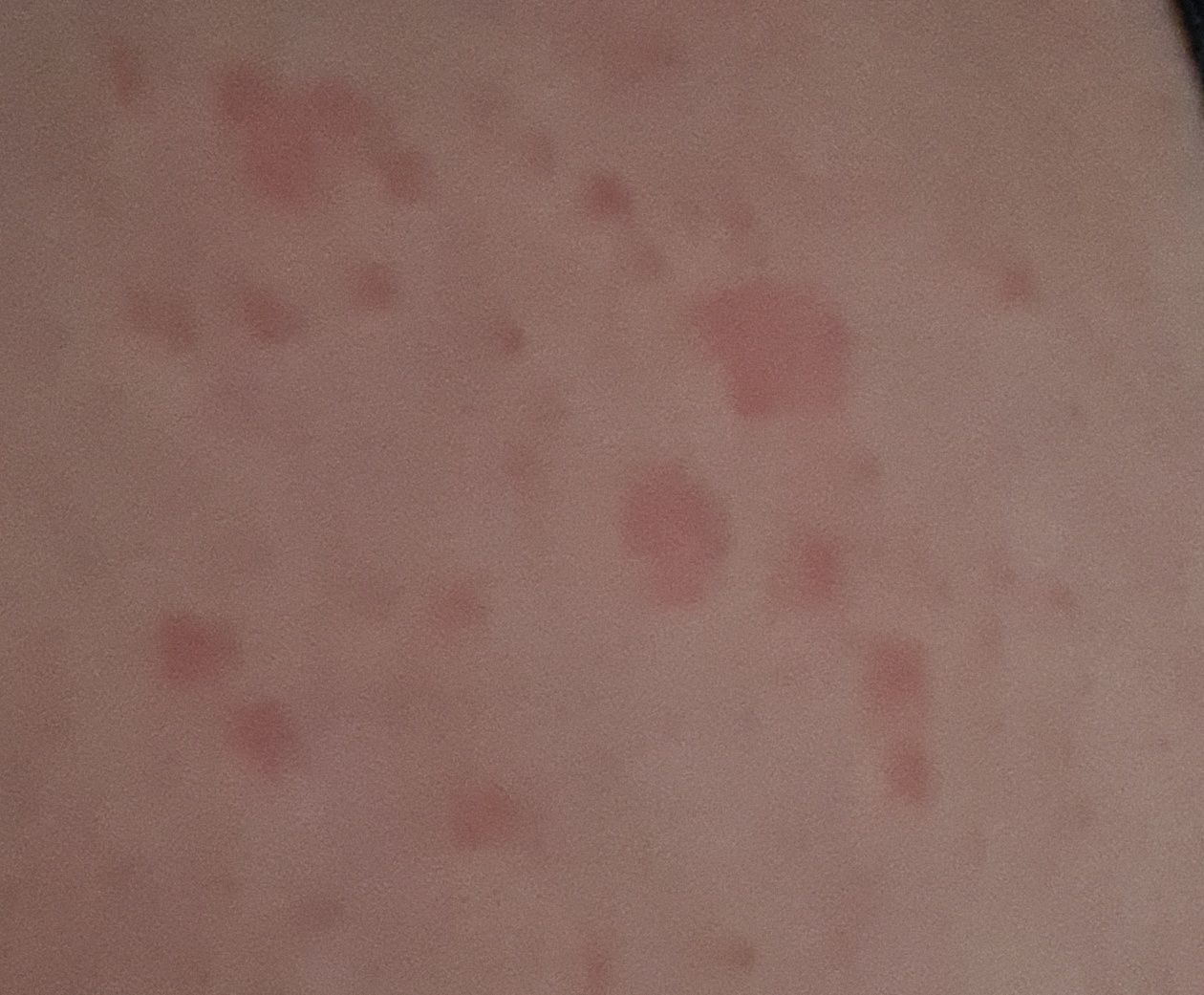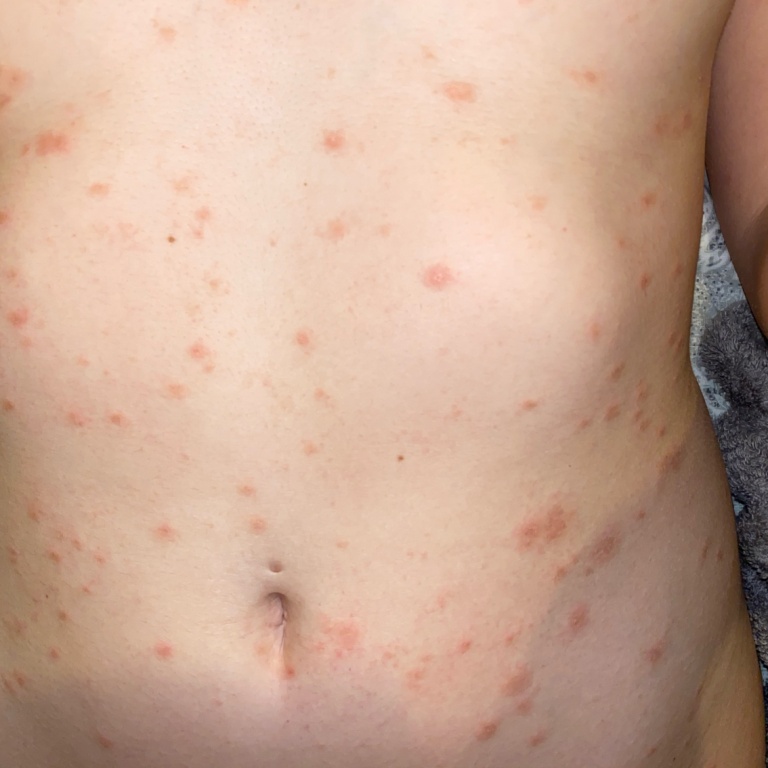Pityriasis rosea is a type of skin rash. The disease begins with one large, round or oval pink spot measuring about 2 cm or more (the so-called maternal plaque). Over time, the maternal plaque begins to turn yellow, as if wrinkling, peeling appears.
After a few days, other, smaller (usually no more than 1 cm) pink spots begin to appear on the body. The rash most commonly appears on the chest, back, and abdomen in people between the ages of 10 and 35. The period from the appearance of the maternal plaque to the disappearance of the last spot is approximately 1-3 months.
In the normal course, Pityriasis rosea, as a rule, does not cause serious complications and is not transmitted from person to person by contact.
Etiology (causes)
To date, the specific cause of Pityriasis rosea has not been established. Unlike many other skin conditions, this is not an allergic reaction, and the fungal or bacterial nature of the rash has not been established either.
Some dermatological schools consider viral etiology, in particular, hermetic infection, but this has not been conclusively proven.
Symptoms
The rash often begins with a single round or oval pink patch with a raised margin (harbinger, maternal plaque). Later, starting in the central part of this spot, peeling appears, and the color becomes yellow.
The size of the maternal plaque is approximately 2-10 cm.
After a few days or weeks, grouped smaller oval pink spots from 1 to 2 cm appear on the abdomen, chest, back, arms and legs. These spots can spread to the neck, very rarely to the face. Gradually, barely noticeable dry folded scales appear in the center of the spots, and a border without peeling is noted along the periphery.
Spots on the back are often oval or elongated, and are located vertically and at an angle in relation to the spine, which gives the appearance of “spruce”.
About half of patients with Pityriasis rosea develop mild itching, which does not cause serious problems, but with a prolonged course of the disease, it can worsen the quality of life.
The rash usually lasts 6 to 8 weeks, but it can last for several months.
In rare cases, the rash can take on other forms. Round papules can be seen in young children, pregnant women, and people with dark skin. Blisters (vesicular rash) can occur in infants and young children. In some people, maternal plaque may be absent or two may be present.
Before the onset of the disease, patients usually notice a feeling of fatigue or flu-like symptoms: headache, sore throat, loss of appetite, weakness, nausea.
Differential diagnosis
A rash with Pityriasis rosea can be similar to the rash seen with other skin conditions, including ringworm, tinea versicolor, eczema, and psoriasis.
A similar rash can be a manifestation of intolerance to certain medications or exposure to other toxic substances on the body.
A rash on the palms or soles of the feet can be a sign of a more serious condition than Pityriasis rosea. In such situations, a dermatologist’s examination is required.
Diagnostics
A visual examination is often sufficient to diagnose Pityriasis rosea. However, the diagnosis process can be difficult when only the precursor (maternal plaque) is visible. During this period of the disease, Pityriasis rosea is often mistaken for ringworm or eczema. After the appearance of a small rash, the diagnosis becomes obvious.
If the diagnosis is unclear, additional tests may be done to exclude fungal skin lesions (potassium hydroxide (KOH test)) or other diseases (culturing, biopsy).
Pityriasis rosea treatment
Usually, Pityriasis rosea does not require special treatment: the rash goes away on its own in 1-3 months. If itching occurs, special lotions may be prescribed. When severe symptoms of inflammation, severe itching appear, local anti-inflammatory drugs, corticosteroids are used.
Antiviral drugs (such as acyclovir) are sometimes prescribed. Early initiation of these drugs (early in the onset of the rash) can shorten the duration of the illness and the severity of symptoms.
If the rash persists for more than 3 months, a mandatory follow-up appointment with a dermatologist is required.
Reducing the severity of itching at home:
- Exclude overheating and high temperatures in the room;
- Loose cotton clothing;
- Cool or warm showers (avoid hot baths);
- Using over-the-counter hydrocortisone creams to treat small itchy areas (strictly according to the instructions);
- OTC antihistamines may be used;
- Using calamine moisturizers or lotions;
- For the period of illness, use only mild, gentle soaps (for example, baby soap).
